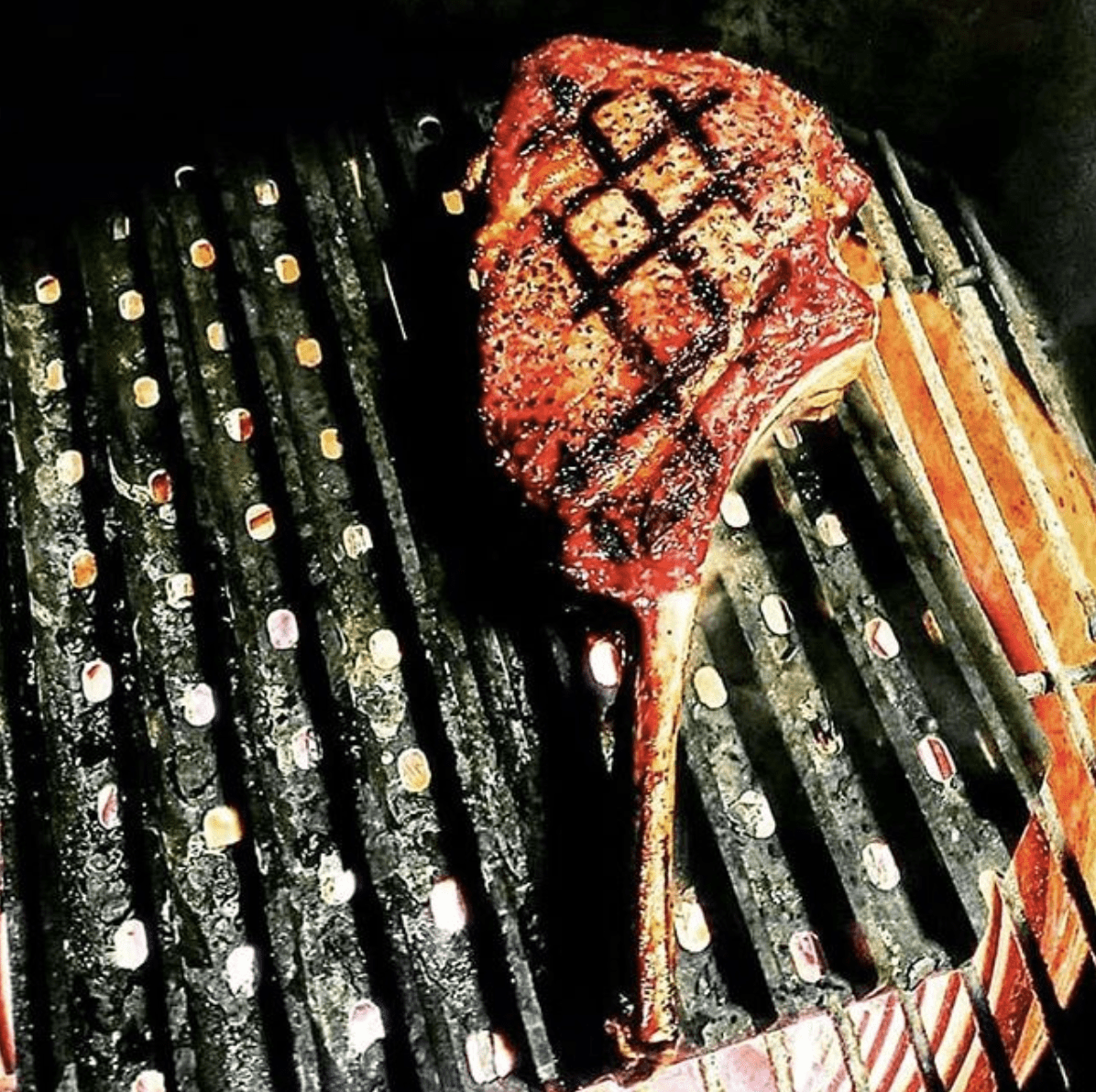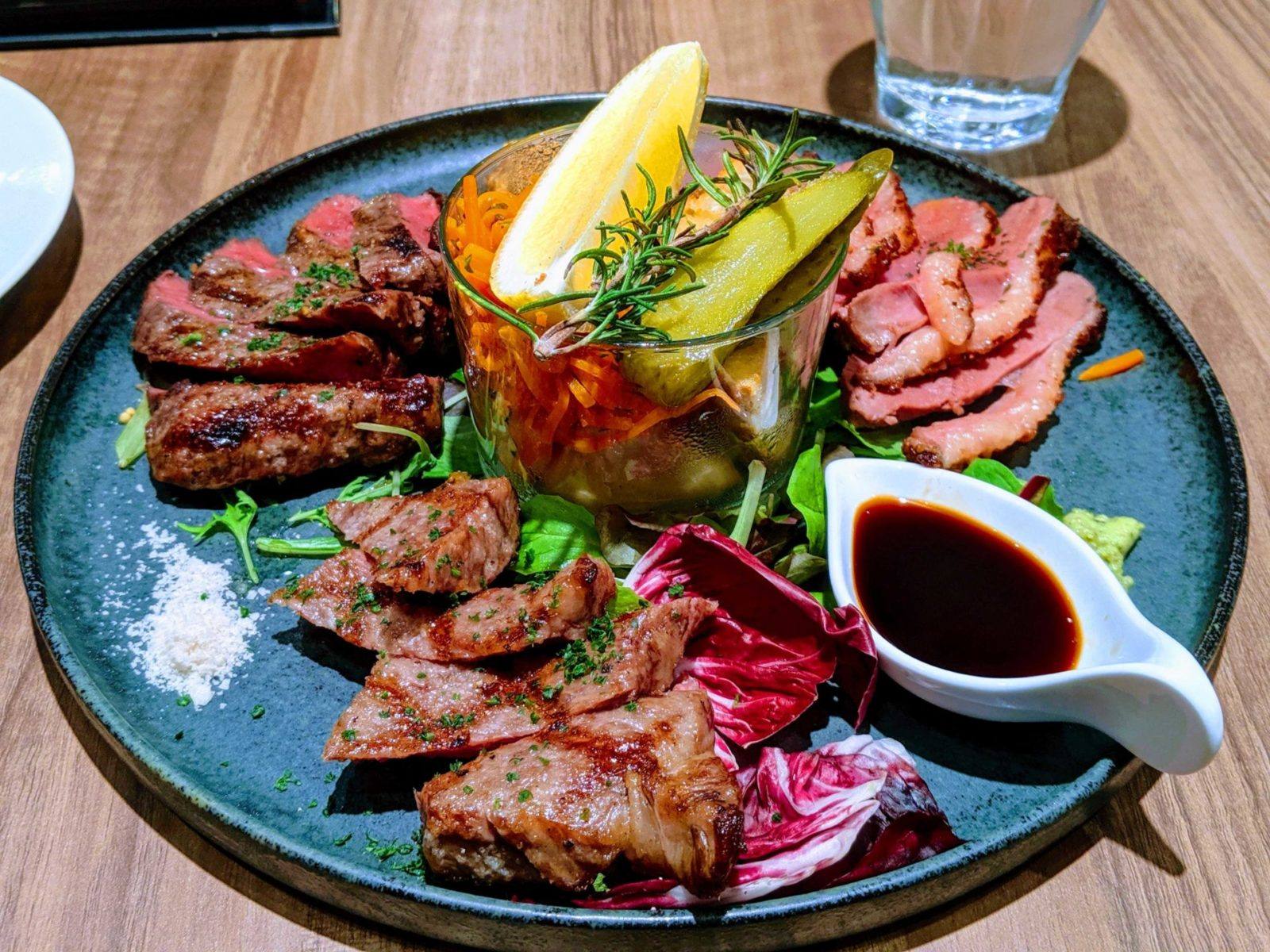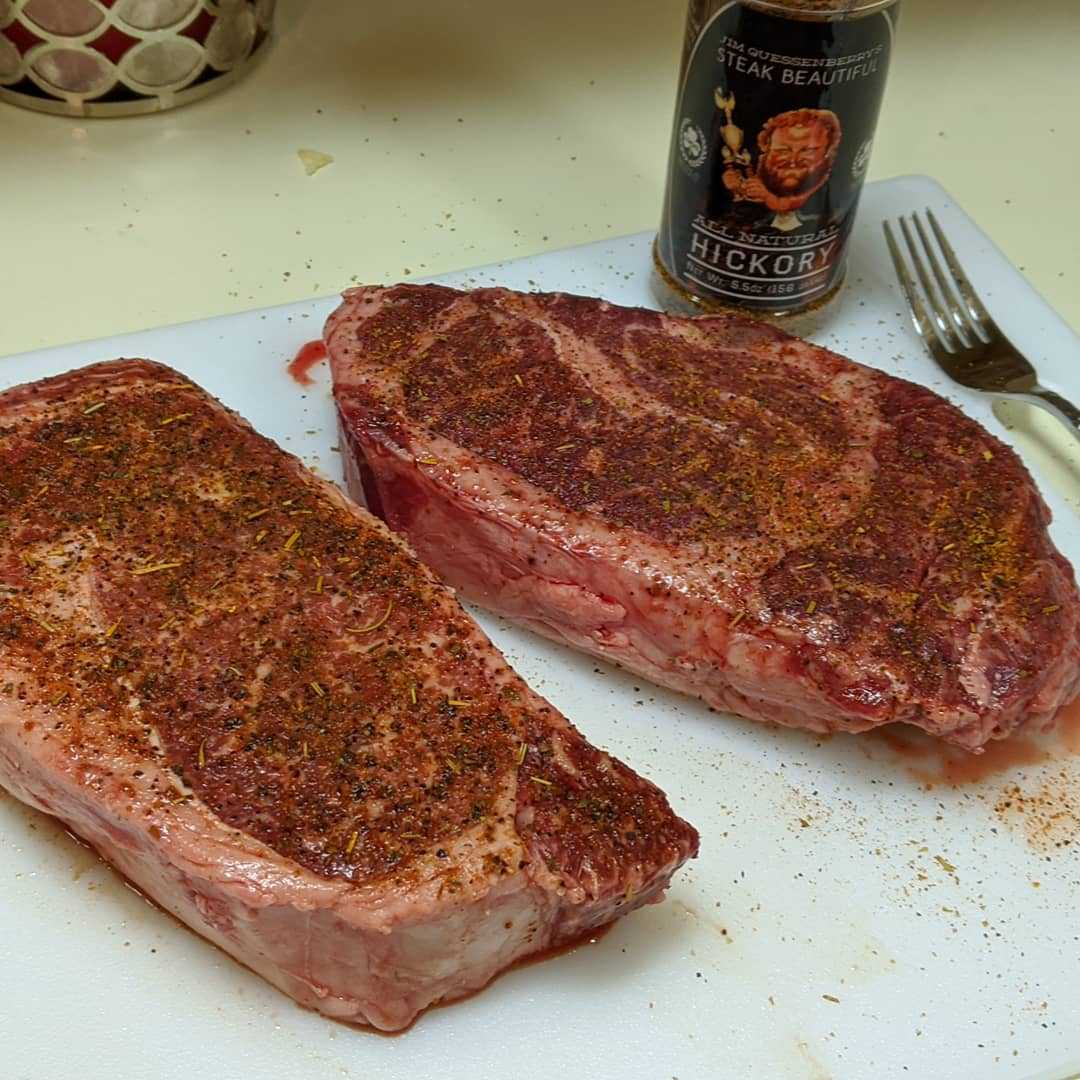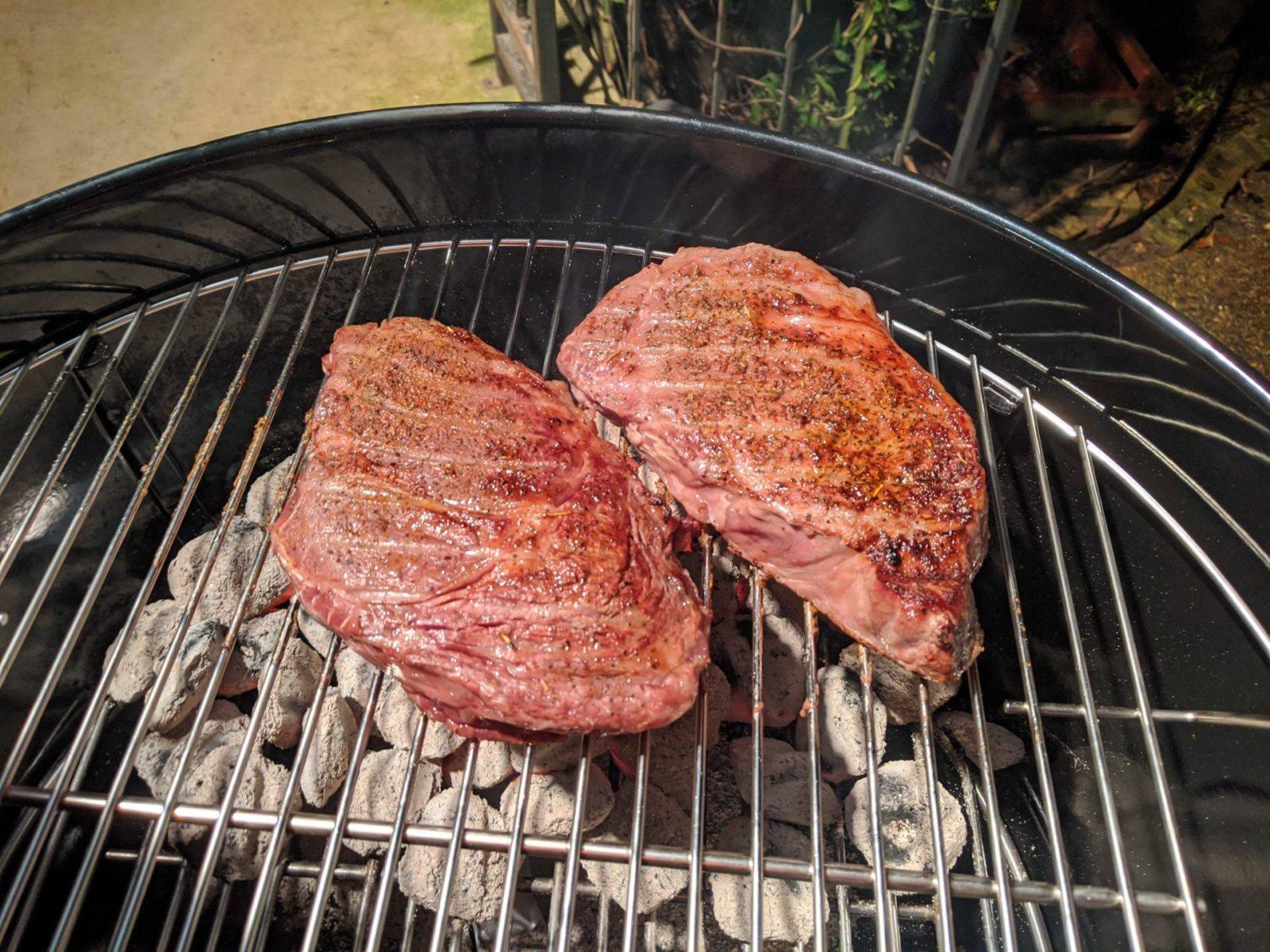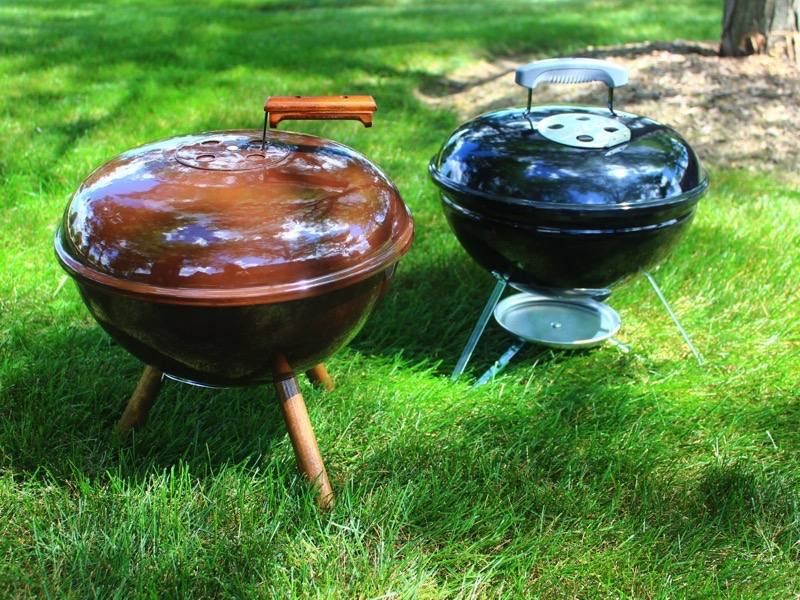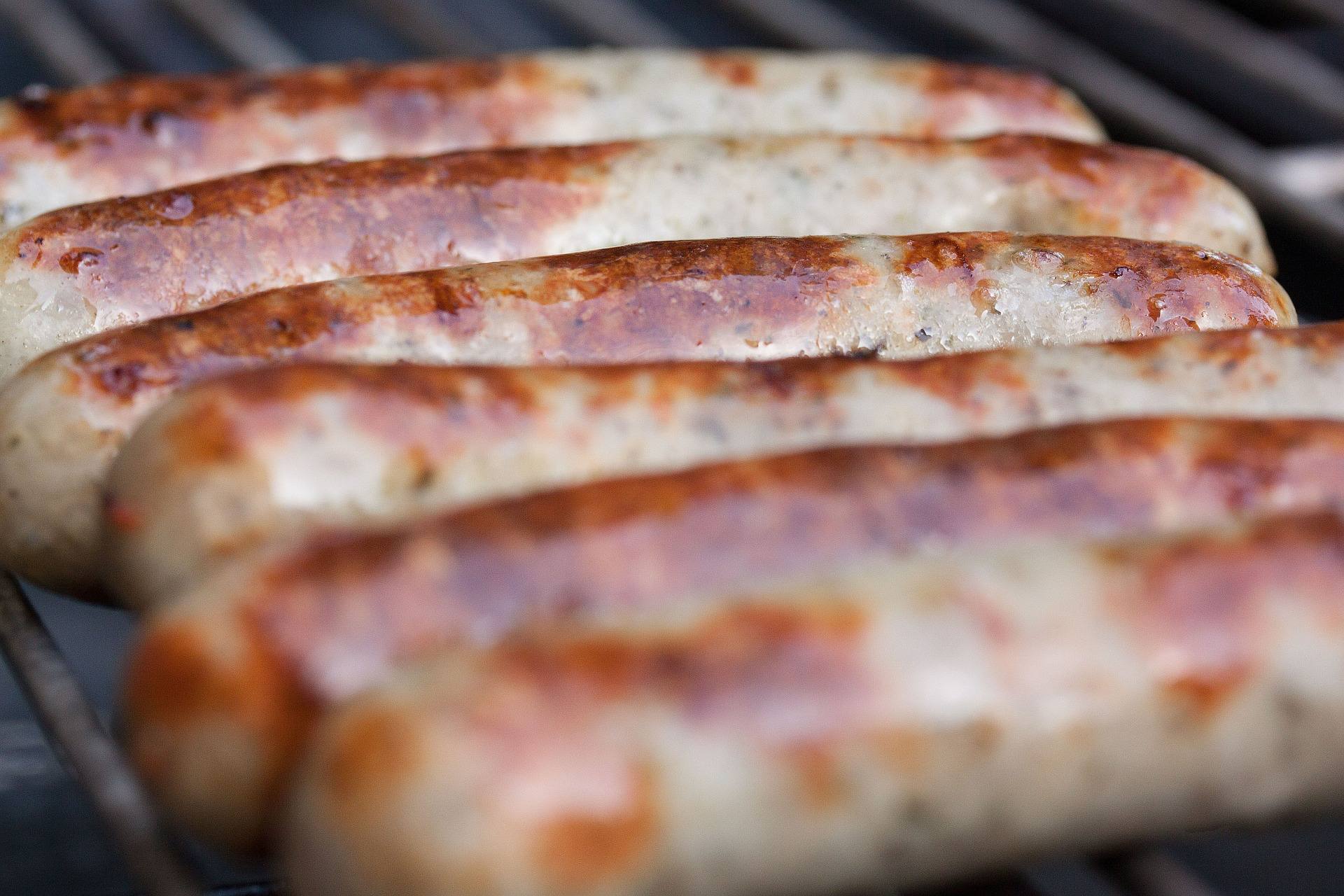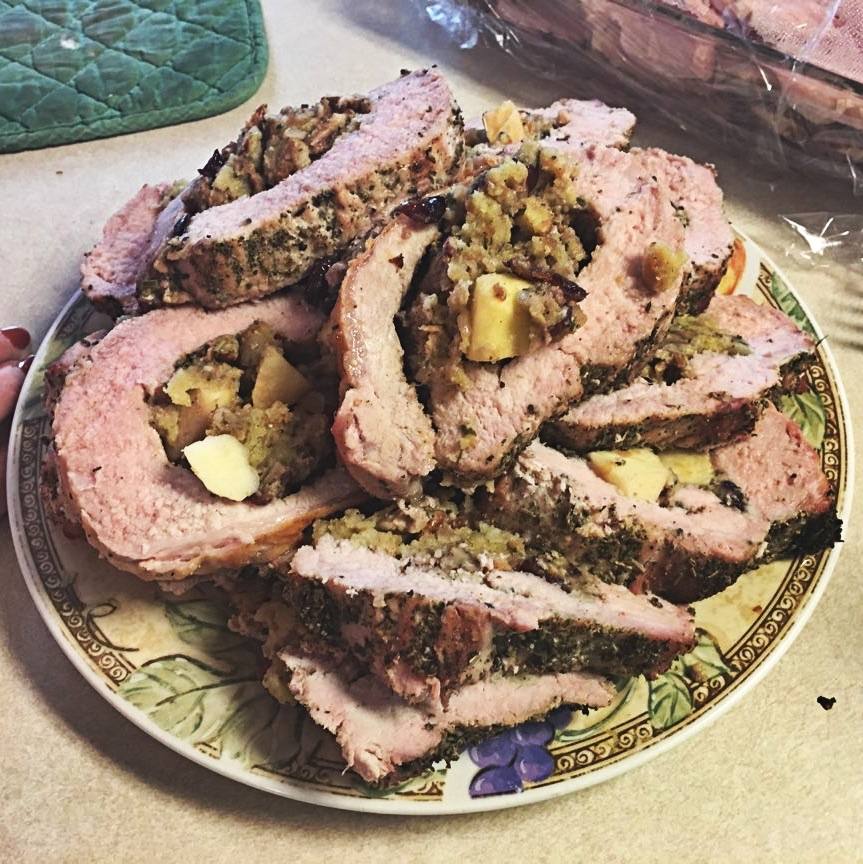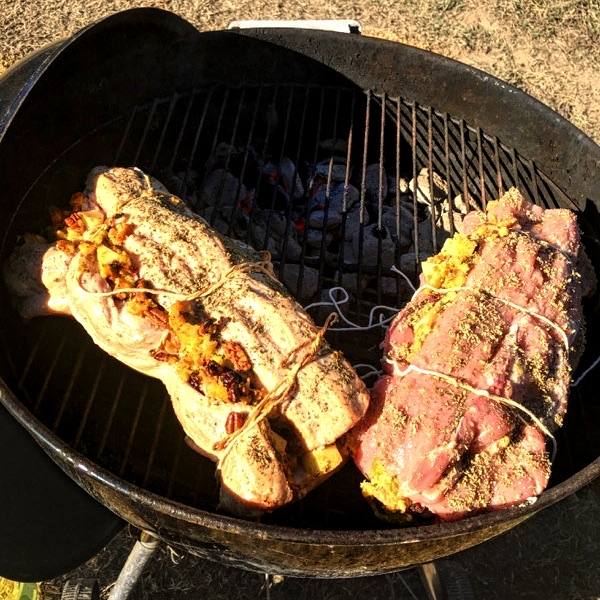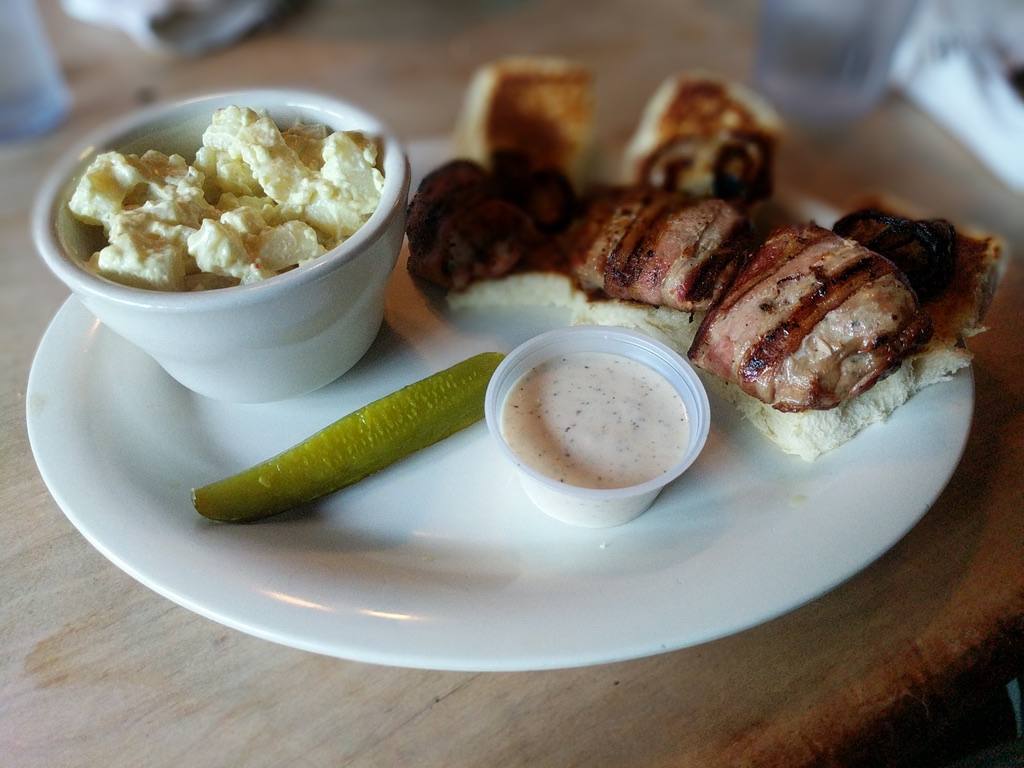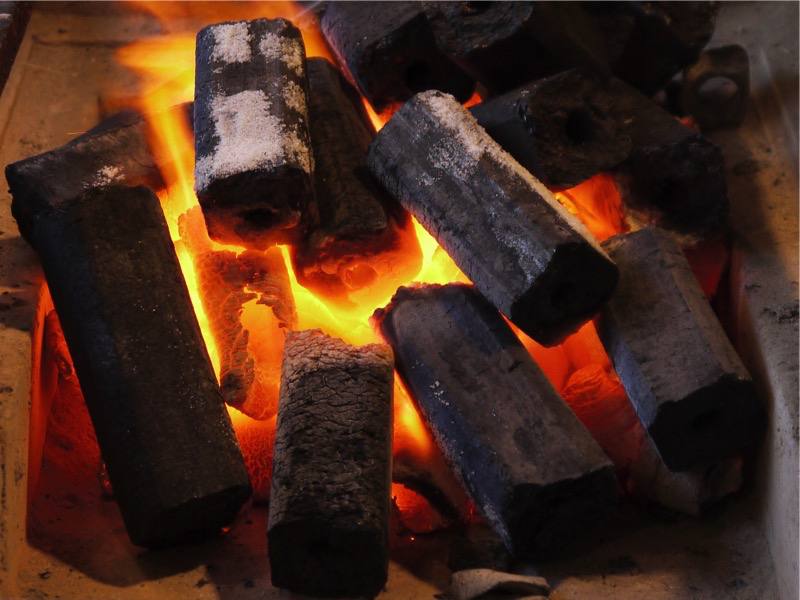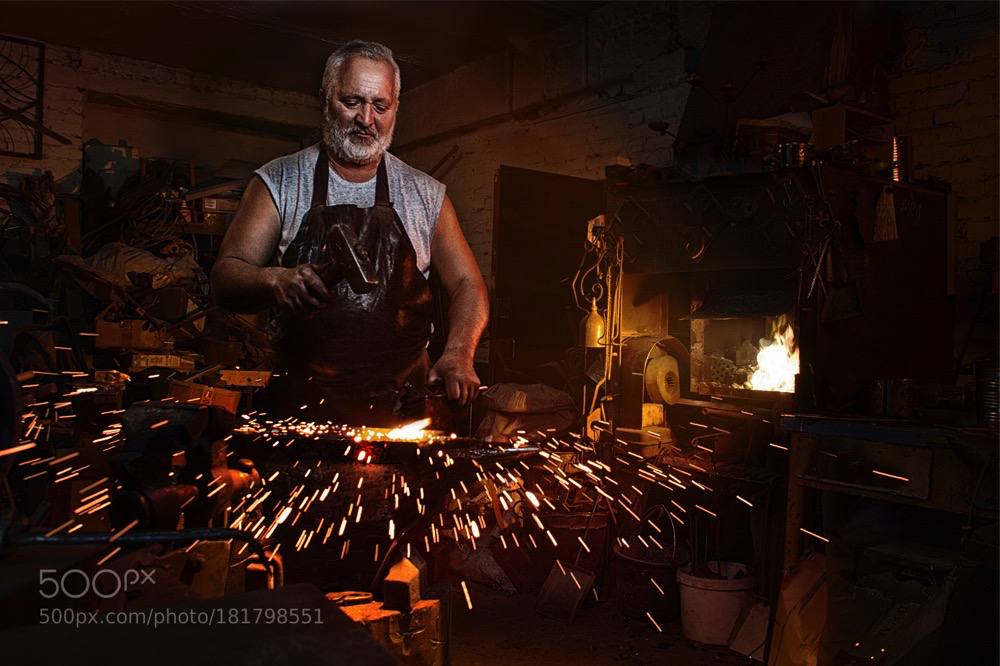11 Things About Grilling Your Wife Wants You To Know
Look, we can’t fix all communication in a single blog post. But we sure are going to try. Consider this your playbook for understanding the pieces of conversations that you may have had without fully understanding what was going on. Just assume that all of these things are true and use them as your grilling home base.
Here are 11 things about grilling that your wife wants you to know.
1. Cleaning the Grill is Still Your Job
It’s awesome that you spent a couple of hours prepping and grilling the perfect medium-rare steak. But that doesn’t mean you can shirk your responsibilities to clean the grill. As a master of the grill, you’re the pilot. You can’t get the plane up in the air and then ask someone else to land it simply because you want to enjoy the in-flight meal.
Take charge of the grill, end to end.
If you use a Kick Ash Basket for your coal, you’ll streamline the cleaning process. The basket makes it really easy to shake out the old ash and retain any coals that still have some life for your next grill session. Plus, you can snag a matching Kick Ash Can to make ash removal even easier. No more scraping the bottom of the grill to get all the dust and contaminants out.
2. Meat isn’t always a “Meal”
It’s awesome when there’s a ton of meat grilled up, to perfection. But unless you’re making something specific, a perfect steak or a nicely smoked brisket doesn’t qualify in a meal all by itself. You’ll need some sides, drinks, and other food to put everything together.
Get involved in the whole meal: bake the perfect soft dinner rolls to make sandwiches, and make the coleslaw that goes on top. So now you’ve got homemade pulled pork sandwiches, all the way from scratch. Still meat, but now it’s a meal.
3. Chicken Can’t Be Medium Rare
Overcooked meat is bad. You’ve probably been edging closer and closer to mouth-watering rare on those steaks over the years as you’ve gotten more comfortable with your grill setup. But there’s one kind of meat that you can’t cook to medium-rare: chicken.
There is no such thing as medium-rare chicken. Poultry needs to hit the target temperature of 165, every single time you put the bird on the grill. Anything less, and you’ll be putting your family and friends in danger. Chicken has two speeds: done and not done. There’s no third one.
Timing will help you manage your chicken. A chicken breast needs anywhere from 16 to 24 minutes, depending on the heat of your grill. But that wide time range means that if you want to avoid turning your chicken into sawdust, you’ll need to use a meat thermometer. Get the meat up to 165 quickly, and then pull it before it becomes dry and flaky.
4. Don’t Dump the Ash in the Backyard
Seriously. Unless you’ve got ash from wood pellets, the ash contains chemicals that you aren’t going to want scattered in the flowerbeds. It might look like gray dirt, but it’s not.
Natural wood charcoal is becoming increasingly popular. If you have ash from that, you can mix it and spread it like fertilizer. But if you are using classic briquette charcoal, you’ll need to wrap up the charcoal in foil and ship it off to the landfill. Tossing it into your garden can harm the plants—and if you used lighter fluid at all, you’ll definitely need to keep it out of your flower beds.
5. It’s Really Cool that You Know Lots of Grilling Words
Depending on who you’re married to, that sentence can take on varying degrees of sarcasm. If you don’t know grilling like moss knows the north side of a tree, then it’s really easy to get lost in the different vocabulary and trends. Barbecue and grilling have some confusing words that you need to understand. Or to explain. Or to communicate clearly!
6. New Recipes are Exciting
Look, there’s a certain joy that comes from dialing in a signature recipe. Maybe you’ve got a perfect cut of steak or size of brisket that you want to become a pro with. But if you’re on the eating end of things, new recipes are exciting.
You could find a list of the best grilling recipes from across the country and cook your way through that. You could also work your way through 12 things you never thought to grill. Either way, stretch your comfort zone. Play the hits but also don’t be afraid to release a new album and take on the critics. Experiment, explore, and grill new dishes.
7. Kids Need to Eat Too
It’s really easy to get laser-focused on a single type of meat or a single grilling strategy. After all, perfection demands that your grill environment be perfectly tailored to a single recipe. You can’t have cobs of corn in one corner and chicken breasts in another and end up with anything other than mediocrity.
But the kids need to eat too. And kids can be picky. Luckily, with a little creativity, there are tons of kid-approved grill recipes for picky eaters. So straighten up, grab those tongs, and throw a grilled cheese onto the grill.
8. Meat is a Flavor, but Only Kinda
Similar to the reminder that meat is not a meal: meat is a flavor, but only kind of a flavor. Seasonings, marinades, spices, and sauces can add an extra kick of interesting to a boring flavor. The grill is not purely about your desire to master an art—it’s about what’s for dinner. And “plain steak,” even perfectly cooked, can get tiring if it pops up on the family menu weekend after weekend.
9. The Outside of the Grill Matters Too
Thoroughly cleaning the inside of the grill helps prevent contaminants and chemicals from getting onto the food. But the outside of the grill matters too.
Obviously dust can get in from the outside, but dusty and rusty grills also just look bad! Keep a rag and soapy water to clean the outside before drying it thoroughly. Make a habit of wiping down the outside as part of your normal cleaning routine.
10. Buy New Flavors and Grill Stuff
If it makes you happy and makes great food, it’s a great investment. Purchasing things for the grill isn’t actually a bad thing. It’s an investment in amazing meals and a hobby that you really enjoy.
And because new sauces, spices, equipment, and gear aren’t nearly as expensive as a sports car—they count as a great purchase. Everyone benefits when you buy stuff that makes amazing food!
11. We Should Grill More Often
It’s a delicious meal that usually produces enough leftovers to make amazing sandwiches and lunches to feed a small army. You end up doing a lot of the work, and it all tastes amazing. Most spouses wish that they could get meals grilled for them even more often!
And of course, the more often you grill the more often you can justify buying new tools, gear, and spices to try out. It’s a hobby that really does benefit the whole family. Start grilling more often.

